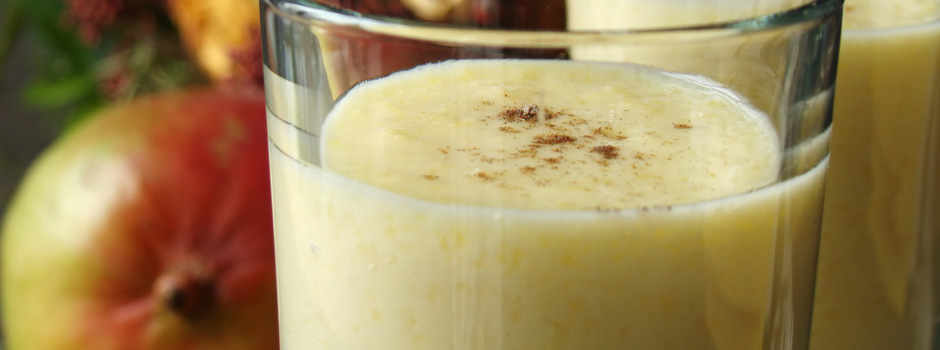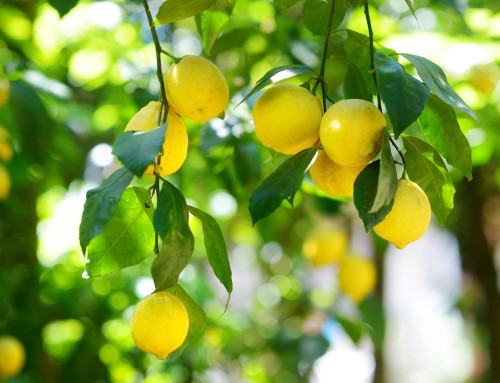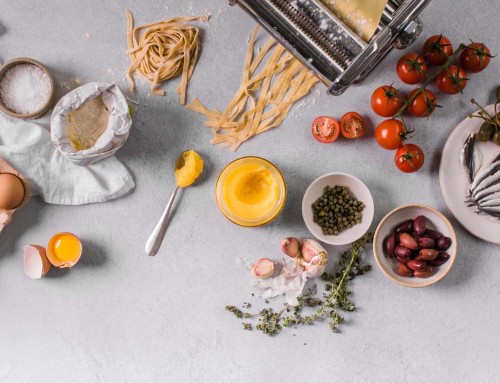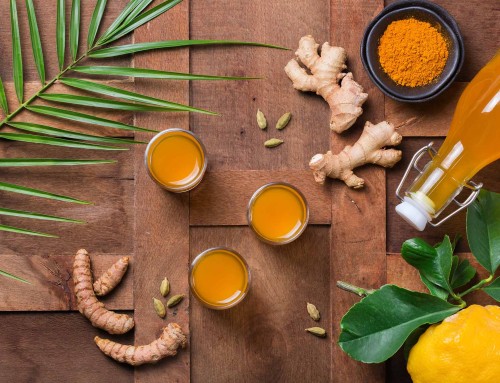Ayurveda considers yoghurt (referred to as curds in Ayurvedic texts) to be one of the most nourishing and health-promoting of foods and this pro-biotic food is especially good for your digestive tract.
Yoghurt is predominantly sweet and sour, and is heavy in nature. It therefore tends to increase Kapha Dosha (the element of the body that gives us strength and structure). Like many nourishing foods, eaten at the wrong time, or in a high or without proper preparation, it can also block the body channels or shrotas, causing Ama (toxic buildup).
Hints for making Yoghurt
- It is always best to make yoghurt yourself so that it is as fresh as possible. Ideally, a small quantity of yoghurt (sufficient for the following day) should be made the night before it is eaten. The longer you keep yoghurt, the more sour and the less balancing to your body it becomes.
- The ideal milk to use for yoghurt is organic, unpasteurised, unhomogenised, full-cream, A2 protein (Guernsey Cows produce the easier to digest A2 protein milk). Even though the milk will be boiled, it is best to start off with milk in its most natural state. Unpasteurised milk can be hard to obtain, but Abel & Cole can supply to your door organic, unhomogenised, full-cream, Guernsey milk.
- Heat the milk until it boils and allow to cool to body temperature. Stir in some live plain yoghurt – about one desert spoon per cup of milk. Pour the liquid into a jar and leave in a warm airing cupboard (or warm environment). You can also use a yoghurt incubator if you don’t have an airing cupboard
- It is best to keep the milk at around 110°F until it has set and this usually takes 5 to 6 hours.
Because of this it is best to eat yoghurt at lunchtime, when your digestive fire is naturally high. It is also best to take yoghurt in a diluted form as this reduces its heaviness.
Lassi is a traditional Indian drink often taken with meals and, because of its pro-biotic properties, it improves your intestinal flora and aids digestion. It consists of watered down lassi with sweet, salty or spicy flavourings.
Salty Lassi
This lassi is especially good for your digestion.
- Boil some water and let it stand until it is just warm (boiling water remove subtle impurities that are not removed by filtration and it also introduces Prana, or vitality, into the water)
- Mix 20% yoghurt with 80% of the warm water in a cup
- Stir in 1/8 to 1/4 tsp or Vata Churna, Pitta Churna or Kapha Churna, according to your Dosha Balance and according to the season. You can mix ginger, cumin, coriander and fennel powder in equal qualities instead.
- Stir in a pinch of Black Salt (or Rock Salt or sea salt)
- Garnish with 2 freshly chopped mint leaves, if you have any in your garden
Drink this lassi only with your lunch, not with dinner.
Sweet Rose Lassi
This lassi is especially good if your Pitta Dosha is high and you need to cool down.
- Boil some water and let it stand until it is just warm
- Mix 20% yoghurt with 80% of the warm water in a cup
- Stir in a teaspoon of Rosewater and a little honey
- Stir in a pinch of Cardamom powder.
This lassi can be enjoyed with lunch. If you have a high Pitta, and therefore have a good digestion, it can also be taken after your evening meal. Those with high Pitta may prefer raw sugar to honey, as honey can be heating and sugar is cooling.
Tips
- If raw sugar is used, first dissolve it in the hot water
- You can use a blender to mix the ingredients thoroughly
- If you use honey, mix together the other ingredients and add the honey last
- You can try other spices, such as cinnamon, black pepper, and turmeric
- Dried fruit can be blended with the lassi as a sweetener
- Fresh mango, blended with the lassi, makes an especially lovely drink






